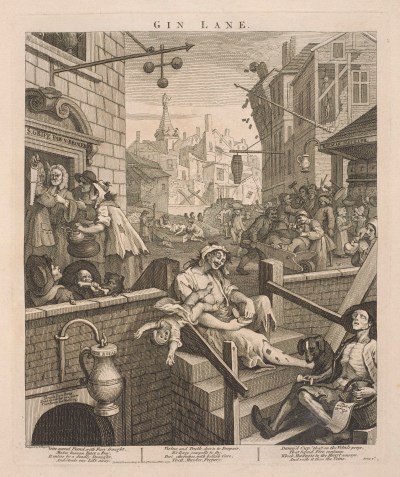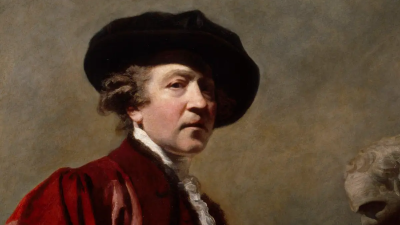
William Hogarth, The Reward of Cruelty, 1750/1.
457 mm x 385 mm. © Photo: Royal Academy of Arts, London. Photographer: Prudence Cuming Associates Limited.
This image is not available to download. To licence this image for commercial purposes, contact our Picture Library at picturelibrary@royalacademy.org.uk
The Reward of Cruelty, 1750/1
William Hogarth (1697 - 1764)
RA Collection: Art
Woodcut copy of the fourth of William Hogarth's Four Stages of Cruelty, a set of prints he made with the intention of drawing attention to animal cruelty and, like the contemporaneous Beer Street and Gin Lane, in the hope of reaching the audience for popular prints.
Although this print is a copy of Hogarth's own engraving (17/3558) and unsigned, it was in fact published (by Hogarth) a month before that print. Wishing to reach the largest possible audience, Hogarth employed a wood engraver, 'J. Bell' to make versions in wood, which could be sold in greater quantities, at a lower price, and which in their bold outlines were in keeping with the 'popular prints' more generally purchased by Hogarth's target audience. Ironically, the cost of this project proved too expensive, and as a result Bell only engraved the third and fourth plates. Nonetheless, the way in which Hogarth sold the prints demonstrates how aware he was of the audience for his work and the possibilities of expanding that audience. In addition to the woodcuts, the engravings (which themselves 'have the brutal simplicity of woodcuts' in Paulson's words), were printed on two qualities of paper, priced differently.
All four plates centre around the figure of 'Tom Nero' and the way that his increasingly barbaric mistreatment of animals leads to his own downfall after he is apprehended for murder. Here the corpse of Nero is dissected by surgeons in a dissecting theatre. After his apprehension in the previous plate Nero has been executed (indicated by the noose still hanging around his neck) and his body acquired by the Company of Surgeons. Executed criminals provided an important source of bodies for surgeons, as indicated by the skeletons of the 'gentleman highwayman' Macleane and the recently executed boxer James Field hanging in the theatre (unlike in Hogarth's print, the skeletons are not named here). The depiction of the scene, with surgeons removing Nero's intestines and gouging out his eye, reinforce the message that Nero, having inflicted pain on others in the first three plates, has finally become the victim. The first plate, meanwhile, in which Nero is just one of the numerous children of the St Giles slum committing similar acts of cruelty, ties in with Hogarth's educational purpose behind these prints, to prevent others from a similar background from following the same path.
Object details
457 mm x 385 mm
Hogarth's prints. Vol. I. - [s.l.]: [n.d.]
Associated works of art
3 results
Start exploring the RA Collection
- Explore art works, paint-smeared palettes, scribbled letters and more...
- Artists and architects have run the RA for 250 years.
Our Collection is a record of them.






